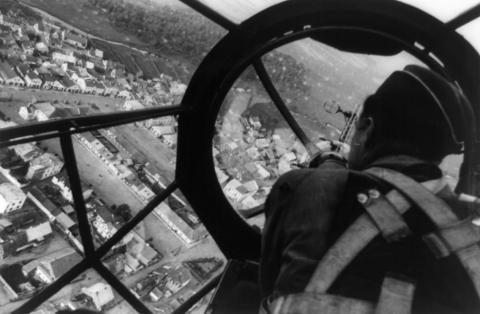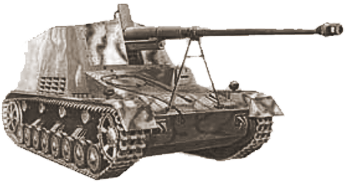The Wehrmacht in Poland

The German assault on Poland began at 4:45 am on September 1, 1939. The Polish air force, dispersed prior to the invasion, instead of rising en masse to challenge the Luftwaffe, saw its numbers quickly whittled down in a misguided hope to preserve its striking power. The Polish army fought mostly alone, while German planes pounded the Polish capital. Within just two weeks, German artillery and airpower had killed over 60,000 of Warsaw's citizens. Then, on September 17th, the Red Army's 265,000 man strong Ukrainian Front and 200,000 man strong Belorussian Front, commanded by Army Commander First Rank Semyen Timoshenko and Army Commander Second Rank Kovalev respectively, invaded the remnants of Poland. On September 27th the beleaguered defenders of Warsaw surrendered. By October 6, 1939 Poland's last centers of organized resistance had surrendered to the German-Soviet partnership.
The Wehrmacht's goals for the Polish campaign were always of a dual nature. In addition to defeating the Polish military, the German armed forces also assisted the SS in the ideologically charged slaughter of innocent Polish civilians. On July 24, 1939 the army's quartermaster general, General Wagner, had met with Heydrich and issued orders for German soldiers to take hostages and execute civilians in retaliation for guerilla activities. Halder also had prepared his men to cooperate closely with the SS and police. Within days of the War's beginning German crimes against Polish civilians including killing, rape, and looting, had become frequent occurrences. At the same time and in preparation for German settlement Hitler ordered immediate wide spread executions aimed at the Polish intelligentsia, and began depopulating huge swaths of the Polish countryside.
Heydrich's Einsatzgruppen, with their way paved clear by the German army, followed behind and immediately began 'ethnic cleansing'. By 1945, a fifth of Poland's 35 million strong pre-war population was dead, killed in modern human history's greatest crime. For the most part, the leadership and men of the Wehrmacht either participated in the massacres or stood aside and observed. By the end of September the Wehrmacht had cold-bloodedly murdered 1,200 Jews, and by the end of October the Wehrmacht, Einsatzgruppen and various German security and police services had killed 20,000 people in 764 massacres; of which 311 were the Wehrmacht's responsibility. The Waffen-SS marked its infamous beginning as a combat force when an officer from the motorized regiment Leibstandarte Adolf Hitler ordered the murder of 50 Jews on the night of September 18-19, 1939. The dual nature of the Wehrmacht's role in defeating German enemies on the battlefield and enabling genocidal programs of occupation, vividly demonstrated in Poland, remains all too often obscured or trivialized; yet is vitally important to remember.
by Steven Douglas Mercatante



Post new comment